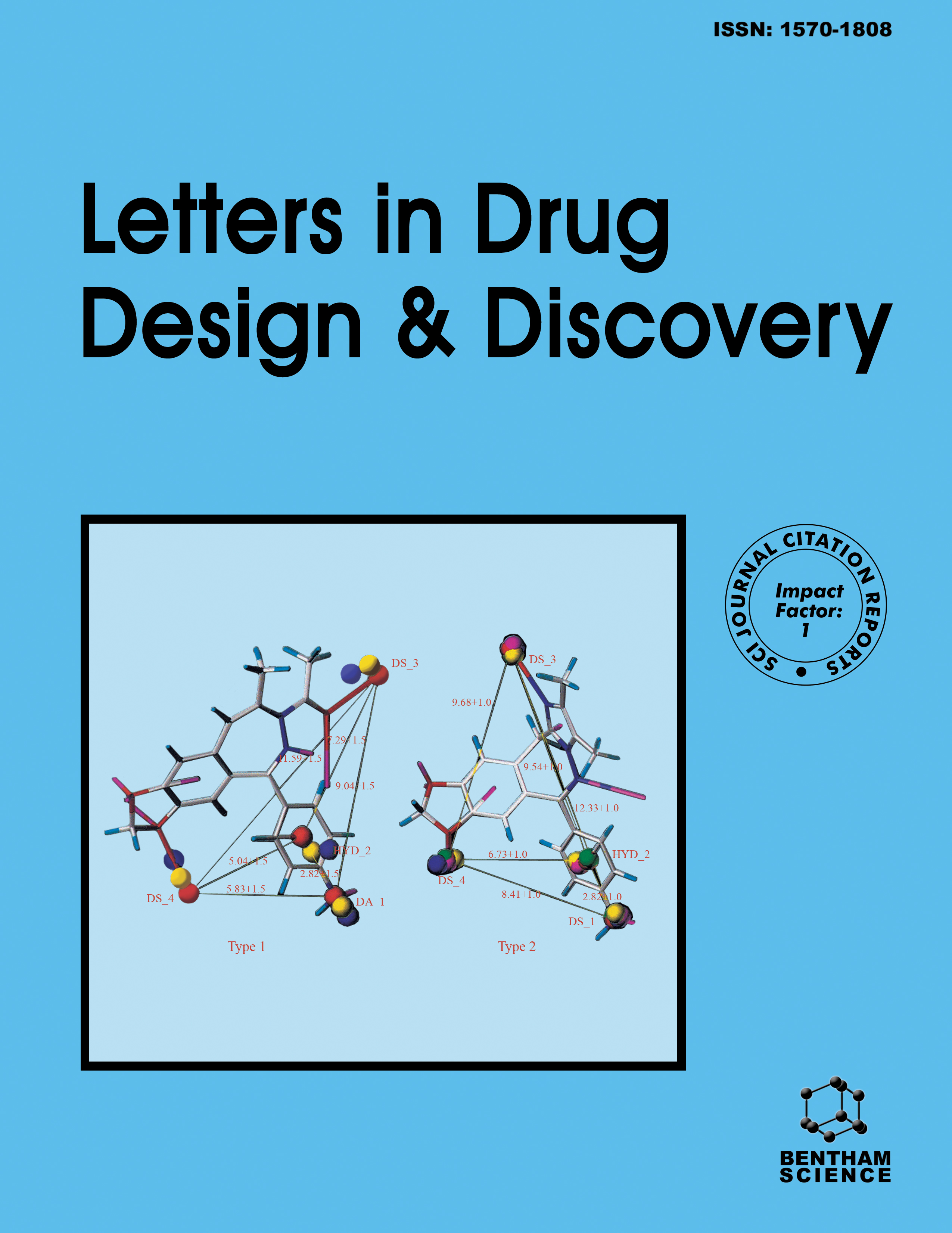
Full text loading...
We use cookies to track usage and preferences.I Understand
Temperature-sensitive (thermo-sensitive) formulations are a novel drug delivery dosage form that shows bio-inspired behavior in various applications. The structure and properties of a thermosensitive polymer are critical in designing an intelligent biometric polymer that contains lipopeptide biosurfactants.
In this study, thermo-sensitive hydrogels with lipopeptide biosurfactants as a potential wound dressing dosage form were formulated and examined regarding physicochemical properties.
The lipopeptide biosurfactants were isolated from the Acinetobacter junni B6 bacterial strain and loaded on a formulation of poloxamer 407® and carboxymethyl cellulose as a gelling agent. Numerous experiments were carried out to evaluate the physicochemical properties of these formulations, such as the stability, spreadability, release profile, and kinetic.
The formulation (Poloxamer 407® (19% w/v), carboxymethyl cellulose (2% w/v), lipopeptide biosurfactants (5 mg/mL), benzyl alcohol (1% v/v), and 0.1 mL polyethylene glycol 400) was select as the optimum formulation. The selected formulation released 26.9% of the lipopeptide biosurfactants with anomalous transport kinetics after 10 hours.
The results showed that a thermo-sensitive formulation could help achieve a sustained release of lipopeptide biosurfactants and potentially be used as a dressing formulation for wounds in future studies.

Article metrics loading...

Full text loading...
References


Data & Media loading...

